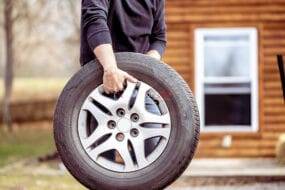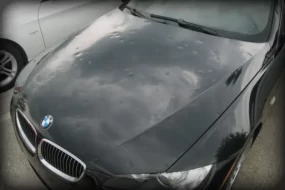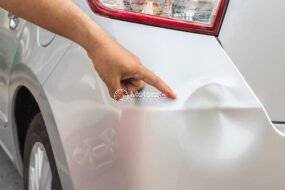CV Joint Problems Identify and repair CV joint issues. Constant Velocity (CV) joints play a crucial role in ensuring smooth and flexible movement in your vehicle’s drive shafts. Over time, these joints may encounter issues that can affect the overall performance of your vehicle. In this article, we will explore common CV joint problems, how to identify them, and the necessary steps to repair these issues.
CV Joint Boot Failure:
One of the most common issues is the failure of the CV joint boot. The boot protects the joint from dirt and debris, and when it tears or becomes damaged, it exposes the joint to contaminants. This can lead to premature wear and eventual failure of the CV joint. CV joints require proper lubrication to function smoothly. If the lubricant leaks due to a damaged boot or other reasons, the joint may not receive adequate lubrication, leading to increased friction and wear.
Clicking or Knocking Noises:
A distinct clicking or knocking noise, especially during turns, is a clear indication of CV joint problems. It signals that the joint is wearing out and needs attention. Another sign of potential CV joint issues is a noticeable vibration, particularly during acceleration. This may indicate uneven wear or damage to the joint, affecting the smooth transmission of power to the wheels.
Visual Inspection:
Begin by visually inspecting the CV joint boots. Look for cracks, tears, or any signs of damage. If you notice any issues with the boots, it’s likely that contaminants have entered, impacting the joint. Pay attention to any clicking, knocking, or popping sounds while driving, especially during turns. These noises often indicate problems with the CV joints and should not be ignored.
Check for Vibration:
If you experience vibrations during acceleration, it’s advisable to have the CV joints inspected. Vibrations can be a result of imbalances caused by worn-out joints. If the issue is a damaged boot, timely replacement is crucial. This involves removing the old, damaged boot and installing a new one. Ensure that the joint is cleaned and properly lubricated during this process.
CV Joint Replacement:
In cases where the CV joint itself is damaged, replacement may be necessary. This involves removing the entire joint and installing a new one. It’s essential to address this promptly to prevent further damage to other components. If you’re unsure about the extent of the CV joint problems, it’s recommended to seek professional inspection and repair. Certified mechanics can diagnose the issue accurately and perform the necessary repairs, ensuring the longevity of your vehicle’s drivetrain.
Conclusion:
In conclusion, identifying and repairing CV Joint Problems is crucial for maintaining the optimal performance of your vehicle. Regular inspections, timely repairs, and addressing issues promptly can help extend the lifespan of your CV joints and prevent more significant problems in the long run. If you notice any symptoms or have concerns about your CV joints, don’t hesitate to consult with a qualified mechanic for a thorough inspection and appropriate repairs.







